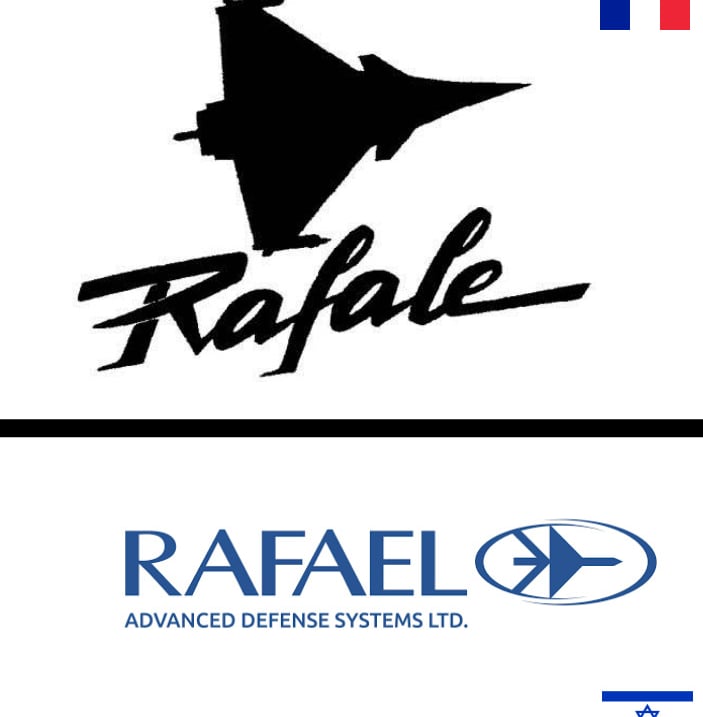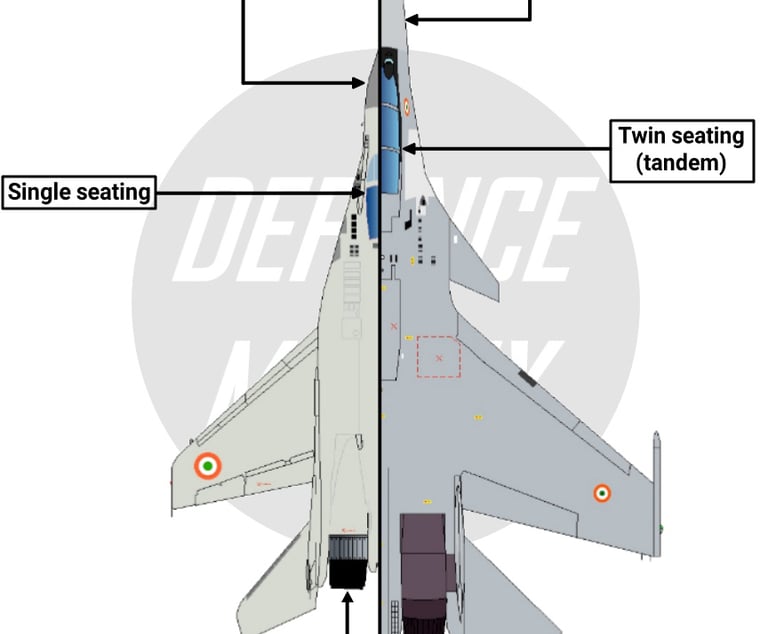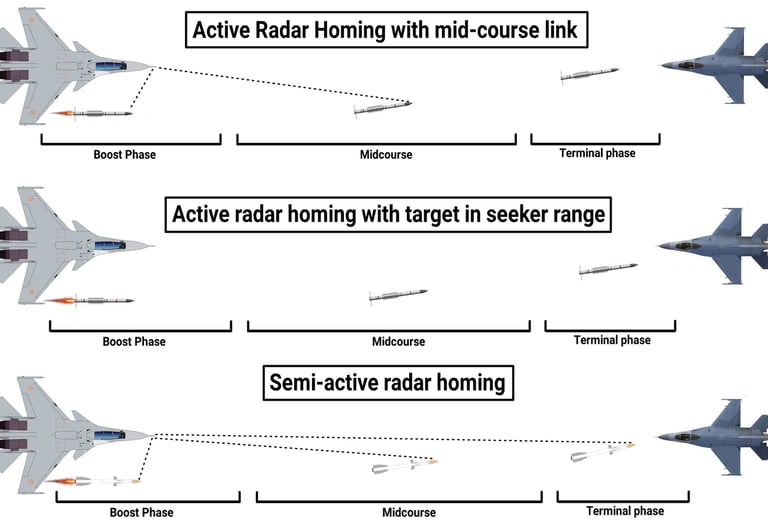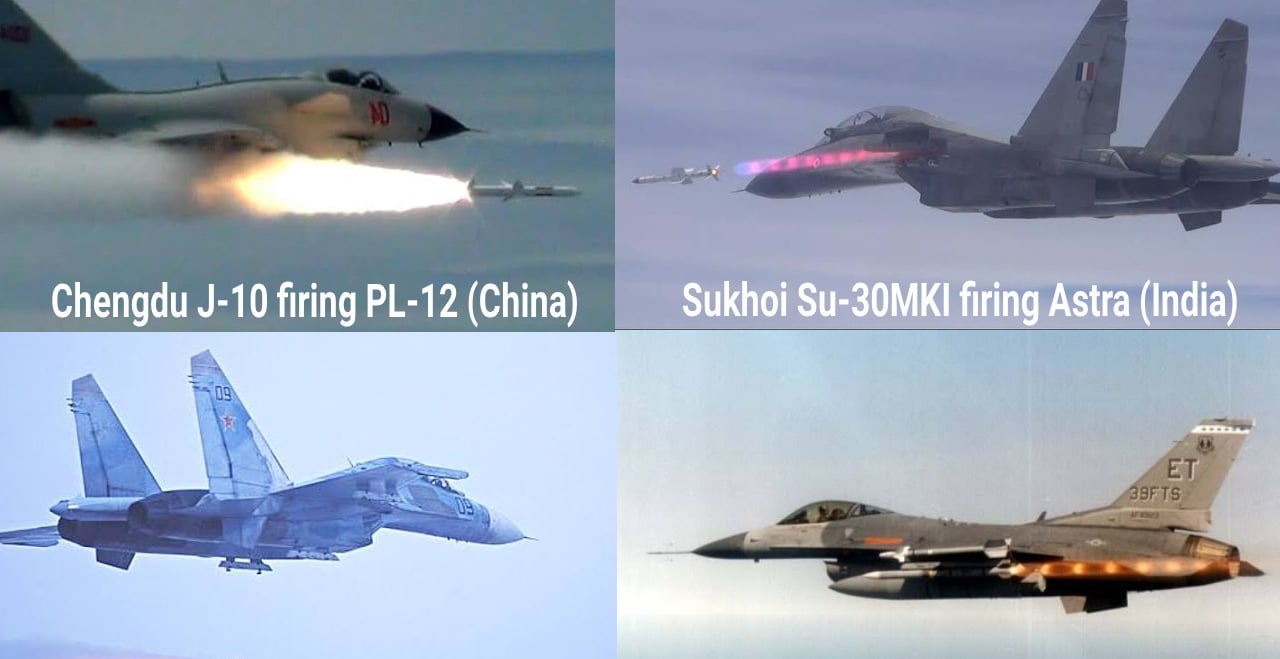From misspelling battle machines to unfairly comparing missiles, what every rookie defence enthusiast and non-defence guys doing wrong
by devildog from twitter
The defence and strategic affairs is a very tough field to cope up with. There are always limitations of information in the name of national security and not every official estimate described theoretically for a weapon system is practically true, as we can see mostly in the case of radar systems whose range and performance figures are sensitive and not usually make it to public awareness forums. However, the scope in this field is just like every other reputed course. Any person specializing in knowledge is more likely to understand the actual concept of the military and its hardware. Analysts around the world, holding masters in the science of defence are today the most trustworthy sources for information regarding any military hardware, past or present conflict as well as future arena of battlefield that is all dependent on evolution of threats and assets.
The point is, not everybody is an expert since birth. There is always a beginning of everything.
Everybody starts somewhere
If you find something relatable in the following list, just don't be disappointed as you're not the only one. To gain something reputable, everybody has to start somewhere. As already mentioned, not everything here is available for open discussions, there are many issues kept under the closed doors for undisclosed causes. If you're familiar with the internet, we believe you surely witnessed various personalities and individuals possessing their unique characteristics. A guys who is most knowledgeable in the debate may speak only when it's necessary, but the one with least knowledge may tend to gain superiority. The inventory of mistakes we listed below, may give you an insight on how to identify who is the most trusted out of the 100s of sources available in front of you, either in person or on screen.
1. Rafael
The most common mistake and also sometimes irritating. The word Rafael does exists as a noun, but not in respect of fighter aircraft but a company. Based in Israel, Rafael Advanced Defense Systems Ltd. shoulder responsibility of designing and developing effective defence solutions for military forces of Israel as well as around the world. Producing a wide range of products, from renowned air defence system like Iron Dome to vaporize incoming airborne projectiles, to heavyweight precision guided munitions like SPICE to demolish targets situated on ground miles away, the company is known for their quality and assurance of desired results demanded by the operator.


But this company doesn't fly or equipped with supersonic engines, it's the made in France, Dassault Aviation fighter model Rafale. With speed beyond Mach 1.8 powered by the pair of Snecma M88 afterburning turbofan engines, the aircraft is designed as a versatile platform to conduct multirole combat mission anywhere and in any environment. The difference is clear, and it is understandable why the words- Rafael and Rafale are not legally INTERCHANGEABLE. With both names having their own reputation, it is fine to live up to it.
2. A MiG-30 or Su-29?
It's big? has two engines? and it has got sexy curves as well? It must be Russian...aircraft to be precise. But is that a Flanker or Fulcrum? An avgeek may give an answer within seconds but someone who is still unfamiliar with the wonders of aviation may find it time consuming to find the difference. Basically, the MiG-29 Fulcrum is lighter, smaller than its cousin from Sukhoi, that could either be a Su-27, Su-30 or Su-35.
Attached here is a very simple infographic to let you know the basic technical and physical difference between the two frontline fighter aircrafts of the Indian Air Force:


The examples from Sukhoi and Mikoyan are distinctive in design and easily identifiable. Both have their dedicated role in combat, and their own adversaries in the west. A background on the development, the first generation of Su-27 "Flanker" and MiG-29 "Fulcrum" were originally developed in a parallel and within the same time period to serve dedicated roles within the Air Forces of Soviet Union. Being a heavyweight platform with high payload capacity and supermaneuverability, Flanker adopted itself as an air dominance fighter while the Fulcrum chooses itself as an air defence fighter, with limited but capable combat capability in air-to-air engagements.
With reputation and competence once backed by a superpower, the Flanker family even today is considered a direct counterpart of US heavyweight F-15 "Eagle" while Fulcrum challenges the F-16 "Fighting Falcon" head-to-head.
3. S-400 vs Iron Dome
Iron Dome, a renowned air defence system, and always there on the frontlines whenever it comes to opposing the rain of hostile rockets fired on it's homeland, Israel. Acting as a wall, Iron Dome is a quick response surface-to-air defence system to primarily intercept rockets as well as artillery shells of very small radius. The system is specifically designed by acknowledging the threat posed by explosive projectiles fired occasionally at the Jewish state by insurgent group of Hamas, that operates from Gaza Strip, a small territory with Palestinian population as majority.
Since it's deployment in 2011, the Iron Dome and it's Tamir surface to air missile (SAM) has reportedly obtained nearly 90% success rate in demolishing airborne projectiles fired in swarms by Hamas, either via Multi Barrel Rocket Launchers (MBRLs) or other low cost launch pads. Its Battle Management & Weapon Control (BMC) coupled with EL/M-2084 radar can precisely co-ordinate, judge and engage the missiles which directly pose a threat to population.


Backed with a successful history, Iron Dome is often compared with multiple other air defence units, and mostly with S-400, the flagship of Russian air defence. This is at once, doesn't make sense, simply for the reason that there is very huge difference between the roles of two. The heavyweight S-400 is a multi-purpose air defence system that is pitched in response to many high-end threats, from fast movers (fighter aircrafts) to even ballistic missiles and all at medium to long ranges with early warning capability. Not to make it much long, it is as simple as that to understand that both have their operating parameters and specific standards against desired target. Iron Dome as Israel's last line of air defence is desired for rocket level threats, the S-400 is more like the one that makes sure the threats doesn't even enter the friendly airspace. S-400 can't the former while Iron Dome is ineffective for the latter. If you're still unaware about actual Israeli counterpart of Russian brute, it is the "David Sling".
4. Fire-and-Forget is not straightforward
The modern generation of warfare favors the one who holds the high ground in most aspects and the side that copes up with evolving technology is eligible to risk itself in combat when necessary. The air war similarly depends on a lot on the one having "see first and shoot first", and that is achieved by potent Beyond Visual Range combat equipment with precise targeting. A missile that can effectively shoots the adversary at such range always turn out to be deciding factor in conflicts. A prime example was witnessed during Iran-Iraq war of 80s, where tactics employed by Iranian Air Force earned them the title of "turning the tables" as their F-14 "Tomcat" fighters armed with AIM-54 "Phoenix" Semi Active Radar Homing (SARH) missiles coupled with aircraft's AN/AWG-9 radar, enabled them to subdue the Iraqi counterpart even before the adversary receive early warning about their presence.
Today, active radar guided missiles are primary solutions to engage any airborne target at such medium ranges. It is fairly understandable that the missile is embedded with its own radar, and does not need guidance from the launch platform during the whole course of flight, the one that is for the case for SARH AAMs. However, it is a popular belief that the active radar guided missiles always travel independently without any feeding from launch platform. In contrast to this popular belief, the only time missile operate completely depending on it's Inertial Navigation System (INS) when the target is in the seeker's own range envelope.


If the hostile is flying at a range beyond the Ku-band RF seeker's (commonly used system for most AAMs) coverage, it needs to rely on off-board radar to receive midcourse updates regarding target's real time data (eg speed, altitude) via the datalink. Once the missile seeker capture the target in it's own range, it is when the onboard radar turns to "active". This is usually the terminal phase that is the last stage before the projectile prepares to hit the target. This is the base behind the "Lock On After Launch"(LOAL) mode that is used to define such weapon, when target is actually said to be locked when seeker is active.
To avoid confusion with the operation of a SARH missile, it should be noted that when fired, the launch aircraft illuminates the target for the missile throughout the whole course, that includes boost phase, midcourse phase as well as terminal phase. While an ARH armament needs data in mid-course and that too not in every case. The AIM-120C7 AMRAAMs deployed by Turkish Air Force F-16C to target helicopters and fighter aircrafts over Syria were linked with friendly E-7 AEW&C aircraft and were able to maximize their precision in mid-course.
5. Range > everything else
Most of the comparisons done by social media pages are only based on range figures from wikipedia. Range is just an aspect that describes the specification of a missile but it is neither the only factor nor the most important factor to conclude its effectiveness. Range is not uniform for the missile in every scenario. It varies according to the type of target (highly maneuverable or less maneuverable) and then the conditions in which it was launched. High altitude offers low aerodynamic drag, that gives the projectile fast travel without burning much fuel. This results in
more range and speed as compared to low altitudes, where there is high drag and missile is highly dependent on it,s fuel to receive enough thrust in boost phase. Once the fuel burns completely, the missile depends on it's inertia in order to reach the target (Except Ramjet powered systems where proportion of fuel is reserved for terminal phase boost). When it reaches close range, the missile will be limited by it's structural g-limits. It needs to make tighter turns to intercept a fast moving (fighter) target, which is in fact flying slower (than the missile). Now if the projectile already loses most of it's energy in maneuvering there are high chances that it may lead to a "miss".
Now what happens in a No Escape Zone (NEZ) is that the missile already has enough energy to make tighter turns because of inertia, while also having enough speed to intercept the bandit before it releases countermeasures. NEZ is generally an range envelope where 90% or beyond are the chances to score a kill. The NEZ estimates of AIM-120C is 25km while Meteor has 60k range of NEZ, highest of all AAMs due to Ramjet


The modern AAMs also need to be jam resistant, that Electronic Counter-CounterMeasures (ECCM) The integrated Home On Jamming (HOJ) is one of the most effective measures of the modern radar guided missiles but missing from old generation armament. When intercepted by barrage jamming, the missile seeker switches it's target to the source of jamming sound. This further reduce the chances of missing the target as missile is still aiming at aircraft, albeit one of the systems onboard the external hardpoints.
Therefore, even if AIM-54 was successful in scoring long range kills in the 80s, it may not be able to retain such performance in a modern combat environment, crawling with new defensive measures. However, modern SARH missiles like R-37 (RVV-BD) are now claimed to be highly resistant to jamming and features potent ECCM capability to attain high survivability in modern era medium to long range engagements.
And here we have five most common out of hundred of mistakes we witness or make on our "just another day of Internet". As Defence Matrix motto explains itself: "We don't claim to have experts here. There are only two types of people, those who know and others who don't. Anyone can be either of these at any point of time.", there should not be any
